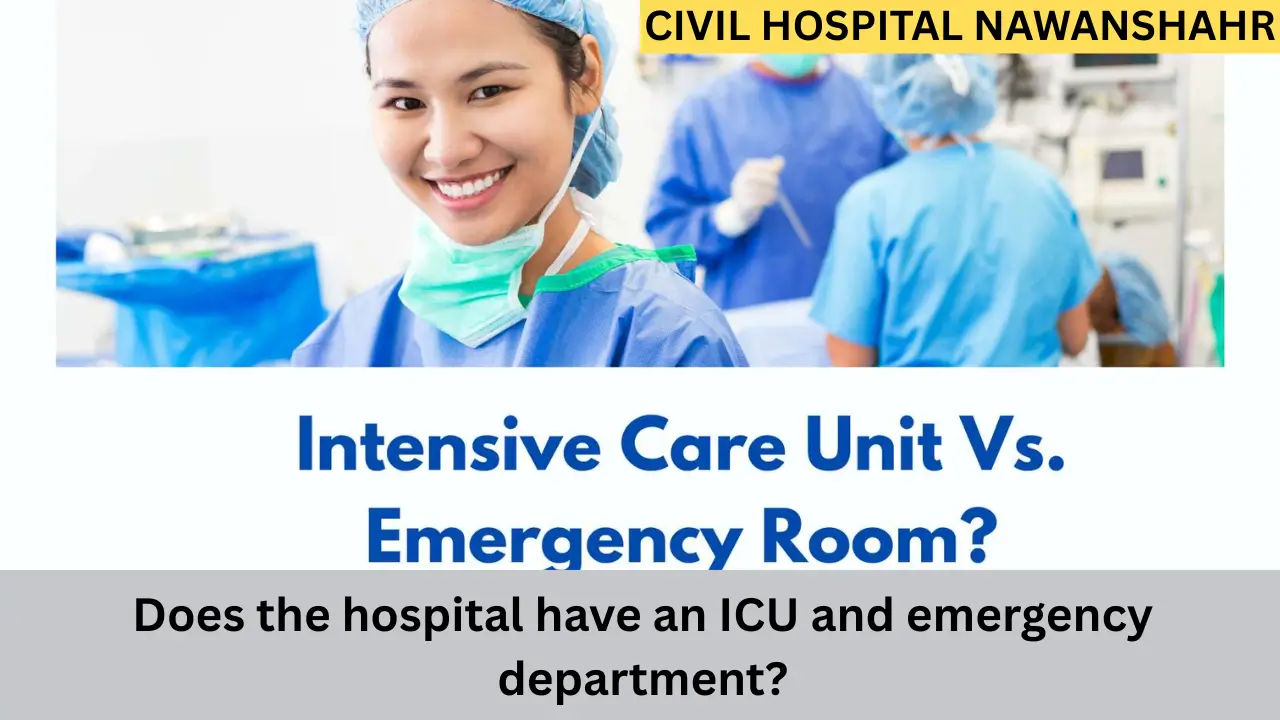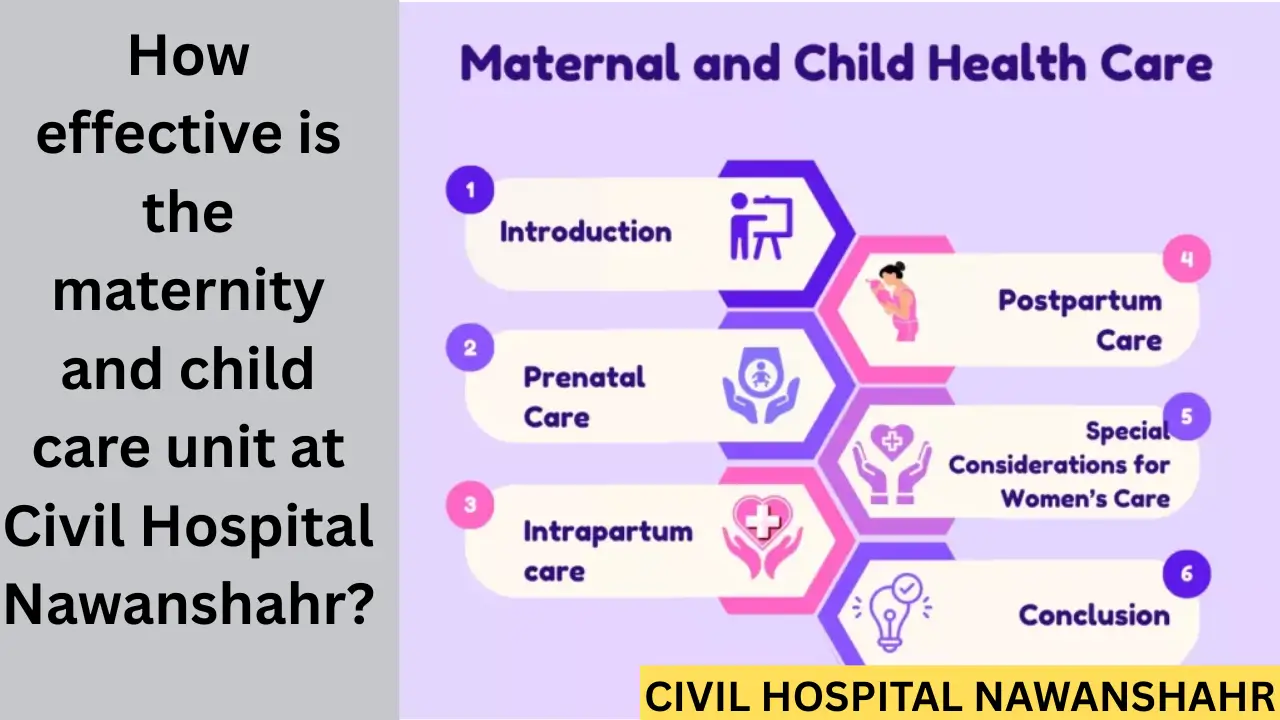When evaluating a hospital’s capability to handle urgent and critical health situations, two essential components come into focus: the Intensive Care Unit (ICU) and the Emergency Department (ED). These specialized units play pivotal roles in saving lives, stabilizing severely ill patients, and managing urgent medical conditions. Patients and families often inquire about the availability of these services when choosing healthcare facilities, given their vital importance.
Understanding the Emergency Department (ED)
The Emergency Department is a hospital unit focused on providing immediate medical care to patients with acute illnesses or injuries, often life-threatening. It operates 24/7 to ensure readiness for all types of emergencies, ranging from accidents and cardiac arrests to strokes and respiratory failures.
Key Features
- Immediate Care Availability: Rapid triage and medical attention for urgent cases.
- Specialized Medical Teams: Staffed by emergency physicians, nurses, and specialists trained in acute care.
- Advanced Equipment: Includes defibrillators, ventilators, diagnostic imaging devices, and point-of-care lab testing.
- Triage System: Prioritizes patients by severity, ensuring critical cases are addressed promptly.
- Coordination with Hospital Units: Close links with ICU, surgical departments, radiology, and laboratories for seamless patient transfer and care.
- Preparedness for Mass Casualty Incidents: Protocols and systems in place to handle large-scale emergencies such as natural disasters or public health crises.
- Technology Integration: Utilizes telemedicine, electronic health records, and AI-driven diagnostics for efficient patient management.
Specialized Units within Emergency Departments
Many hospitals further divide their ED into specialized units to better cater to specific patient populations or conditions, such as:
- Stroke Unit: Rapid diagnosis and intervention to minimize brain injury.
- Pediatric Emergency Unit: Child-friendly environment with specialized pediatric care teams.
- Burn Unit: Focuses on wound care, pain management, and surgical interventions for burn injuries.
Understanding the Intensive Care Unit (ICU)
The ICU is a specialized hospital unit designed to provide intensive and continuous monitoring and care for patients with life-threatening illnesses or injuries requiring advanced support.
Characteristics of ICU
- Advanced Life Support Equipment: Mechanical ventilators, cardiac monitors, infusion pumps, dialysis machines.
- Highly Skilled Staff: Intensivists, critical care nurses, respiratory therapists, and other specialists trained in managing complex medical conditions.
- Close Monitoring: Continuous observation and rapid intervention to prevent deterioration.
- 24/7 Availability: Round-the-clock care ensuring immediate response to changes in the patient’s condition.
- Integration with Other Hospital Departments: Facilitates quick transfer from ED or operating rooms and communication with surgical or specialty teams.
Relationship Between ICU and Emergency Department
Hospitals with both an ICU and an ED demonstrate comprehensive emergency care services. The ED serves as the frontline for acute emergencies, diagnosing and stabilizing patients. Those requiring critical support are swiftly transferred to the ICU for specialized treatment. The coordination between these departments is vital for patient outcomes.
Hospital Workflow Example
| Stage | Function | Team Involved | Equipment Used |
|---|---|---|---|
| Emergency Arrival | Initial assessment & stabilization | Emergency physicians & nurses | Triage systems, defibrillators |
| Emergency Treatment | Diagnostic workup & urgent care | ED medical specialists | Imaging, ventilators, monitors |
| ICU Admission | Intensive monitoring & life support | Intensivists, ICU nurses | Ventilators, infusion pumps, monitors |
| Ongoing Care | Continuous monitoring & interventions | Multidisciplinary ICU team | Dialysis, advanced cardiac support |
Importance
- Timely Critical Care: Delays in admission from the ED to the ICU have been shown to increase mortality risk among severely ill patients.
- Capacity Challenges: Many hospitals face challenges with ICU bed availability, impacting triage decisions and patient flow.
- Improved Outcomes: Rapid transfer to ICU and optimized ED services contribute to reduced hospital mortality and better recovery rates.
- Resource Optimization: Coordinated management between ED and ICU can alleviate strain during high volume periods and crisis situations.
Latest Trends and Updates
- Increased Demand: The volume of ICU admissions from EDs has grown significantly, leading to innovations in hospital capacity management.
- Advanced Monitoring: Use of AI and telemedicine in both ED and ICU settings is improving real-time patient monitoring and decision-making.
- Integrated Management Models: Some hospitals adopt integrated ED-ICU management systems to improve throughput and patient outcomes.
- Crisis Preparedness: Hospitals are enhancing protocols to manage mass casualty events and pandemics, ensuring critical care availability around the clock.
- Focus on Patient Experience: Modern EDs emphasize patient-centered care, including emotional support, especially in high-stress emergency scenarios.
Summary Table:
| Aspect | Emergency Department (ED) | Intensive Care Unit (ICU) |
|---|---|---|
| Purpose | Immediate care for all emergencies | Intensive care for critically ill patients |
| Available 24/7 | Yes | Yes |
| Staff | Emergency physicians, nurses, specialists | Intensivists, ICU nurses, specialized therapists |
| Key Equipment | Defibrillators, ventilators, diagnostic tools | Ventilators, monitors, infusion pumps, dialysis machines |
| Patient Stay Duration | Hours to stabilize and triage | Days to weeks for continuous monitoring |
| Main Focus | Rapid diagnosis and initial treatment | Advanced life support and recovery support |
| Coordination With Other Units | Close ties with ICU, surgery, radiology | Integrates with ED, surgery, and specialty departments |
Conclusion
Hospitals that have both an ICU and an Emergency Department are equipped to provide comprehensive critical care and emergency medical interventions that save lives. The ED ensures rapid assessment and stabilization, while the ICU delivers intensive, continuous care for the most severely ill patients. With ongoing advancements and increasing demand, these hospital units continue to evolve, improving patient outcomes through advanced technology, integrated care models, and crisis preparedness.
This highlights the vital nature of ICU and ED availability when assessing a hospital’s capability to manage emergencies and critical illnesses effectively.















